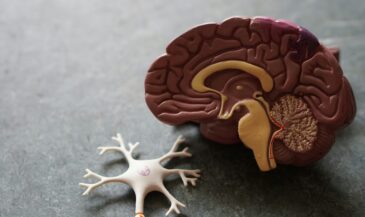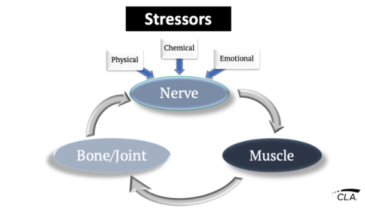By Dr. Christopher Kent
In the book “Signs of Intelligence,” [1] Dembski and Kushiner describe the “intelligent design” movement, which is revolutionizing science and challenging the philosophy of mechanism. According to proponents of intelligent design, it is scientifically acceptable to acknowledge that an object or system arose from a design, without having to identify the designer. Put simply, if one finds a watch in the woods, it is reasonable to infer that it arose from a design. It may or may not be possible to identify the designer.
How can we reasonably infer that something is the product of intelligent design? Behe [2] proposed the concept of an “irreducibly complex” system. Such a system is composed of interacting parts, where the removal of any one part causes the system to stop functioning. For example, the common mousetrap consists of several parts. The mousetrap will not function if any one of the parts is removed.
Many organs, organisms, and biological processes represent irreducibly complex systems. This poses a challenge to Darwin’s theory of natural selection. Evolutionary processes may explain variations in coloration or beak development in an animal, but cannot plausibly account for the diverse array of living things in the world, or even the development of a vital organ.
Darwin [3] acknowledged that, “If it could be demonstrated that any complex organ existed which could not possibly have been formed by numerous, successive, slight modifications, my theory would absolutely break down.”
Are there biological systems that cannot be attributed to “numerous, successive, slight modifications?” Certainly. Furthermore, there is evidence that DNA is not the master controller of development in living systems. Wells, [4] a molecular biologist, notes that despite how he might manipulate an embryo experimentally, the basic endpoint never changes: “Frog eggs always become frogs, and mouse eggs always become mice.” Wells also explains that when an egg’s genes are removed and replaced with genes from another type of animal, development follows the pattern of the original egg until the embryo dies because necessary proteins are lacking.
Thus, the DNA is necessary for protein synthesis, but by itself is unable to account for a species-specific developmental plan. Current evidence suggests that genes are turned off or turned on as needed in response to developmental demands and environmental dynamics. The cytoskeleton and the cell membrane have been implicated in the processes associated with control of development. [4]
Computer scientist David Foster [5] calculated the improbability of hemoglobin as a chance event. The odds against hemoglobin are greater than 10650. To put this in perspective, the number of stars in the universe is estimated to be 1022, and the number of photons in the universe is placed at approximately 1088. Scientists estimate the age of life on earth to be 1017 seconds. This means that if a favorable “successive, slight modification” occurred each second from the moment life originated on earth, the odds against just hemoglobin would still be 10633. And if that number isn’t astonishing enough, the DNA of the T4 bacteriophage has an improbability of 1078,000. If there is an error in these calculations, it is probably failure to consider additional, unknown permutations, which would yield even greater improbability.
Stephenson [6] acknowledged the existence of a “Universal Intelligence” in all matter, and an “Innate Intelligence” in biological systems. The concept of “intelligent design” has been implicit in chiropractic for over 100 years. It is now being embraced by a growing number of scientists and philosophers. Chiropractors are uniquely equipped to provide a leadership role in the health care revolution, as other disciplines embrace these principles.
References
1. Dembski WA, Kushiner JM: “Signs of Intelligence.” Brazos Press. 2001.
2. Behe MJ: “Darwin’s Black Box.” Touchstone Books. 1998.
3. Darwin C: “Origin of Species,” 6th ed. New York University Press. 1988.
4. Wells J: “Making sense of biology.” In: Dembski WA, Kushiner JM: “Signs of Intelligence.” Brazos Press. 2001.
5. Foster D: “The Philosophical Scientists.” Dorset Press. 1985.
6. Stephenson RW: Chiropractic Text-Book. Palmer School of Chiropractic. 1948.










































































